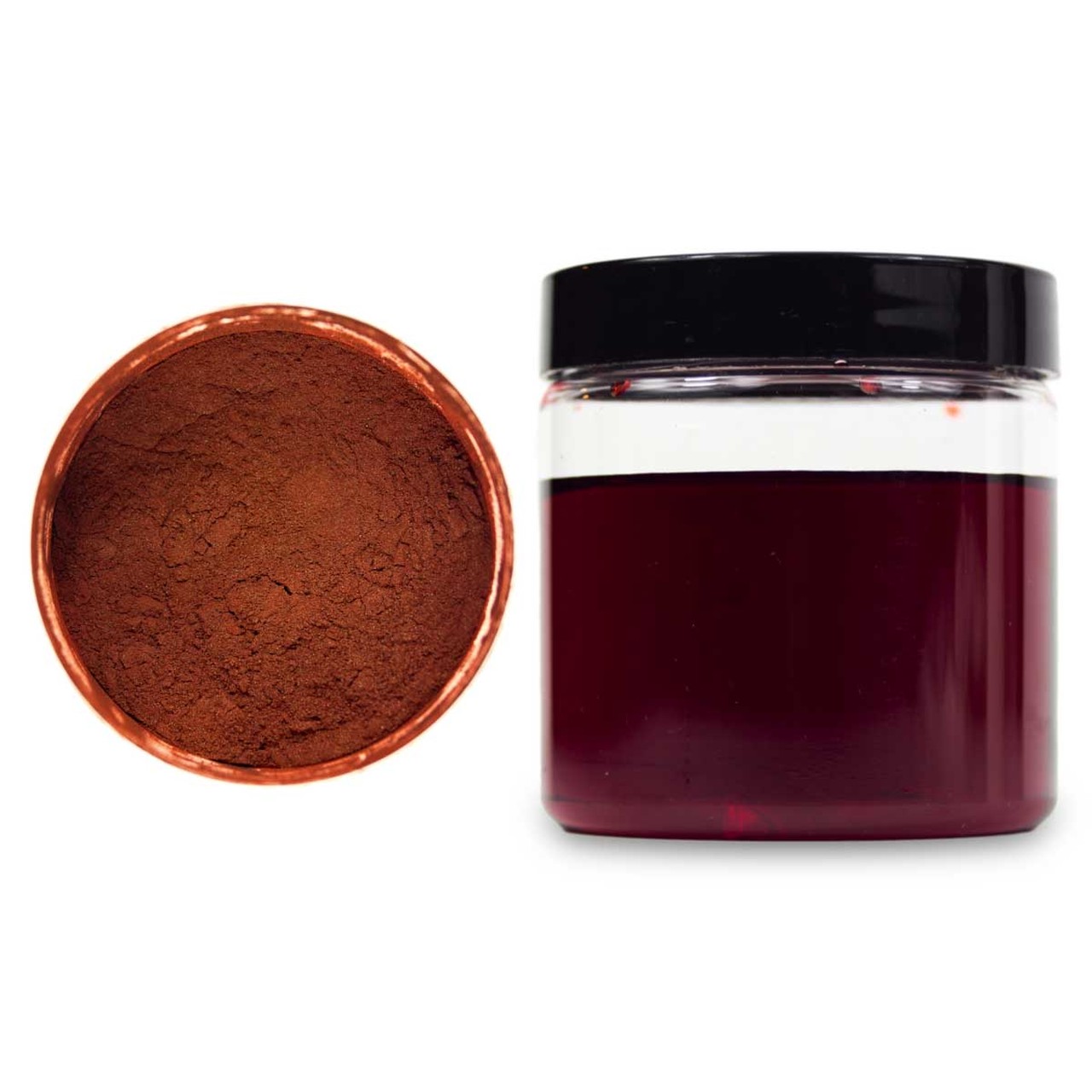Like all other FDA certified dyes, Red 40 is also referred to as a “coal tar” dye. Though the phrase “coal tar” does not have a significant meaning today, people have been using this phrase to describe synthetic colors a century ago. In most of the synthetic chemicals, petrochemical is used as the original base. However, you are not going to find any residual petroleum as they are highly refined.
It is one such chemical with the following terribly long proper chemical name:
6-hydroxy-5-[(2-methoxy-5-methyl-4-sulfophenyl)azo]-2-naphthalenesulfonic acid
If you look at the molecular structure of the dye, you will find two nitrogen atoms near the center. The connection between these two atoms is a double bond. This bond is also known as an “azo” bond. So, this chemical belongs to the “azo” family.
You can find azo dyes in all colors. However, azo dyes as food colorants fall in the red-yellow range. There are other dyes having chemical structures similar to this dye. FD&C Yellow #6 is the closest certified color that is extremely similar to this dye.
The size of Yellow 6 molecule is smaller than that of Red 40. The later reflects light at a slightly lower frequency.
This food colorant and Yellow 6 are described as orangish-red color and yellowish-orange color. Yellow 6 is used for creating a pure orange food colorant. As strawberry and cherry flavored foods contain Red 40, orange flavored foods contain Yellow 6.
Sudan 1 is another similar dye that is banned in Europe. It is also not approved for use in foods in the USA. This red dye has a molecular structure very close to that of azo dyes.
FD&C Yellow dye #5, also known as Tartrazine, is the most controversial food dye. This synthetic lemon yellow azo dye is known for provoking allergic reactions in some people. According to the FDA regulations, prescription medications must post a notice if Yellow 5 is used in the formulation. No other certified dyes used in prescription medications have such requirements. It is an azo dye having chemical similarities to Red 40 and Yellow 6.
There are many other azo dyes that are very similar to Red 40, Yellow 6 and Yellow 5 but none of these azo dyes are certified for use as food colorants. Azo dyes not permitted for foods are used in textiles, plastic, papers and more. These azo dyes are used in applications in which stability and bright color are required.
Red 40 Lake
You can often find labels with colors listed as a Lake such as “Blue 1 Lake” or “FD&C Red 40 Lake”. Most of the food dyes are water-soluble. This is why you can use these dyes in syrup or juice. It can be a little problematic when you try to dye the outside of a tablet. When the tablet gets wet, the color is likely to run off. This is something no manufacturer wants. So, manufacturers use dye in a lake form.
The lake form of a dye is solid and non water-soluble. The lake form of a dye is made by mixing dye and aluminum hydroxide. Aluminum hydroxide is a food ingredient that is safe and sold as an antacid. Red dye 40 and aluminum hydroxide are combined to form a deep red powder. This deep red powder is used to dye the outside of gumballs, pills and other solids. Red 40 lake is also listed on labels as “Red 40 Aluminium Lake.”
You want to buy red 40 lake, make sure that you are storing it in a sealed airtight container and you can have an indefinite shelf life. Always store it at room temperature away from humidity.





